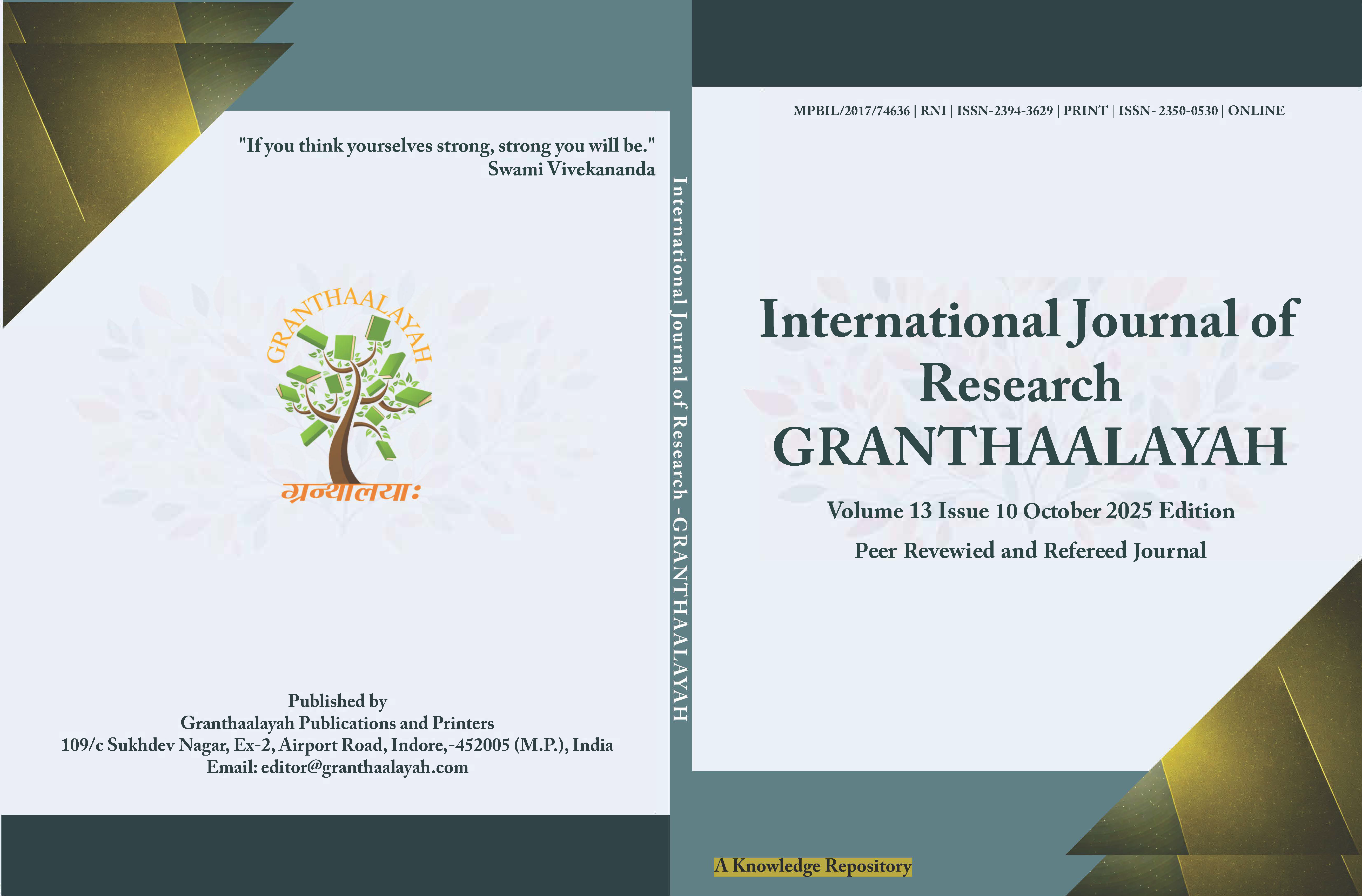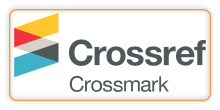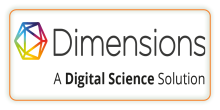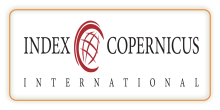EXPLORING NEUROMARKETING TECHNIQUES: A QUANTITATIVE ANALYSIS OF EYE-TRACKING AND EMOTIONAL ADVERTISING ON FMCG SELF-CARE PRODUCT SELECTION IN BENGALURU
DOI:
https://doi.org/10.29121/granthaalayah.v13.i10.2025.6397Keywords:
Neuromarketing, Consumer Behavior, FMCG Self-Care Products, Emotional Advertising, Eye-TrackingAbstract [English]
In the competitive FMCG market of today, especially in metro cities such as Bengaluru, it has become vital to comprehend what really moves consumer buying behavior. Although price and quality continue to play a role, numerous purchases are indirectly driven by emotional drivers and rapid mental reactions. In addition to these affective factors, visual attention also takes a vital role in which consumers' gaze, duration of their focus, and what attracts their gaze can strongly influence their interest and final decision. Eye-tracking can facilitate the capture of these unconscious viewing habits, enabling one to associate attention with purchasing behavior. This research examines the impact of neuromarketing methods, namely emotional advertising, brand imagery, and eye-tracking, on buying behavior of consumers in purchasing self-care items like soaps, shampoos, and deodorants.
The aim of the research was to evaluate consumer knowledge of neuromarketing and determine the influence of emotional and non-rational components on brand choices and impulse purchases. The sample size was consumers in Bengaluru who regularly bought FMCG self-care items. The sampling unit was independent consumers, who were picked by a probability sampling technique with a simple random sampling method. There were 120 respondents involved in the study via a structured online survey questionnaire.
In conclusion, the research emphasizes the role of emotional involvement and implicit effects in guiding consumer choices in Bengaluru's FMCG self-care market. Brands that adopt neuromarketing strategies such as emotional narrative and eye-tracking responsibly and openly can find a competitive advantage and establish healthier consumer relations. Nonetheless, consumer awareness building and protection of privacy are vital for long-term trust development in such methods.
Downloads
References
Aldayel, A., Ykhlef, M., & Al-Nafjan, A. (2023). Electroencephalography in Consumer Behaviour and Marketing: A Bibliometric and Thematic Mapping. Frontiers in Psychology, 14, 1200-1218.
Alam, M., Khan, R., & Singh, A. (2025). Gender Selection in FMCG Advertising: Eye-Tracking Insights. Journal of Advertising Research, 65(1), 45-62.
Bălăceanu, C., & Tănase, L. (2023). Using Eye-Tracking Technology in Neuromarketing: Visual Attention and Packaging Evaluation. Journal of Retailing and Consumer Services, 68, 103-115.
Hubert, M., & Kenning, P. (2008). A Current Overview of Consumer Neuroscience. Journal of Consumer Behaviour, 7(4-5), 272-292. https://doi.org/10.1002/cb.251 DOI: https://doi.org/10.1002/cb.251
Jain, P., & Anand, R. (2024). Eye-tracking in Neuromarketing: Visual Attention Patterns and Choice in Low-Involvement FMCG Categories. Journal of Consumer Marketing, 41(2), 88-105.
Levallois, C., Smidts, A., & Wouters, P. (2019). The Emergence of Neuromarketing (2002-2008): A Historical Preprint. Journal of Historical Research in Marketing, 11(2), 234-255.
Maison, D., Greenwald, A. G., & Bruin, R. H. (2004). Predictive Validity of the Implicit Association Test for Brands. Working paper, University of Amsterdam.
Maison, D., Greenwald, A. G., & Bruin, R. H. (2016). Implicit Consumer Ethnocentrism and Product Preference. Journal of International Consumer Marketing, 28(3), 135-149.
Miethlich, D., & Miethlich, D. (2024). Visual Design in Dairy Packaging Affects Consumer Attention and Choice: Eye-Tracking Evidence. Food Quality and Preference, 101, 104-118.
Plassmann, H., O'Doherty, J., Shiv, B., & Rangel, A. (2008). Marketing Actions Can Modulate Neural Representations of Experienced Pleasantness. Proceedings of the National Academy of Sciences of the United States of America, 105(3), 1050-1055. https://doi.org/10.1073/pnas.0706929105 DOI: https://doi.org/10.1073/pnas.0706929105
Roy, R., & Singh, S. (2024). A Systematic Review on EEG-Based Neuromarketing: Engagement, Attention, and Approach-Avoidance Metrics. Journal of Consumer Neuroscience Studies, 2(1), 45-68.
Safitri, D., & Mutiara, H. (2020). Neuromarketing: A Historical Review. Journal of Marketing Trends, 8(1), 15-28.
Singh, S., & Roy, R. (2024). Systematic Review on EEG-Based Neuromarketing: Metrics, Methodology, and Reproducibility. Frontiers in Neuroscience, 18, 1102-1125.
Venkatraman, V., Dimoka, A., Pavlou, P. A., Vo, K., Hampton, W., Bollinger, B., … Winer, R. S. (2015). Predicting Advertising Success Beyond Traditional Measures: New Insights from Neurophysiological Methods and Market Response Modeling. Journal of Marketing Research, 52(4), 436-452. https://doi.org/10.1509/jmr.13.0593 DOI: https://doi.org/10.1509/jmr.13.0593
Yoon, C., Gutchess, A. H., Feinberg, F., & Polk, T. A. (2006). Neural Dissociations Between Brand and Person Judgments: An fMRI Study. NeuroImage, 30(3), 852-860.
Published
How to Cite
Issue
Section
License
Copyright (c) 2025 Abdul Huzaif, Supriya P

This work is licensed under a Creative Commons Attribution 4.0 International License.
With the licence CC-BY, authors retain the copyright, allowing anyone to download, reuse, re-print, modify, distribute, and/or copy their contribution. The work must be properly attributed to its author.
It is not necessary to ask for further permission from the author or journal board.
This journal provides immediate open access to its content on the principle that making research freely available to the public supports a greater global exchange of knowledge.






























